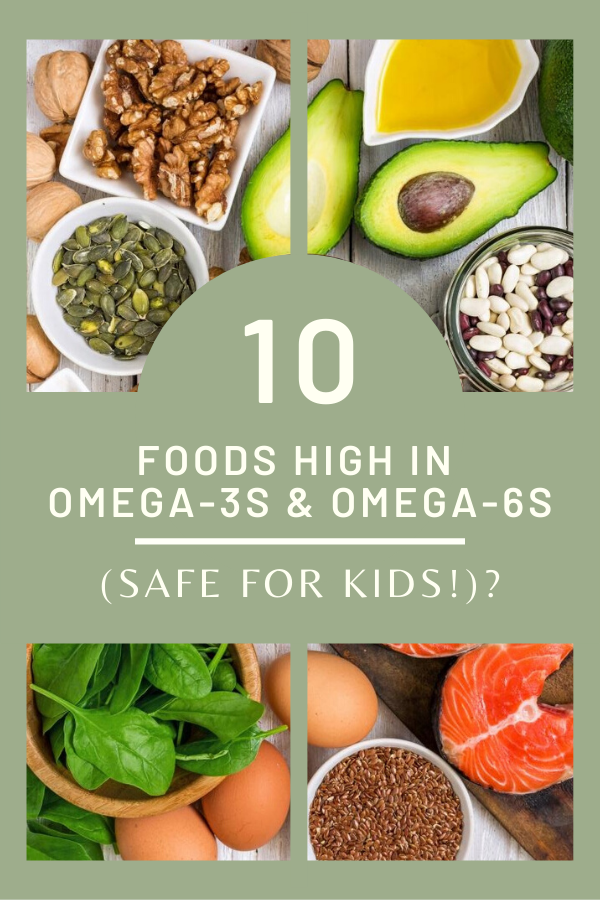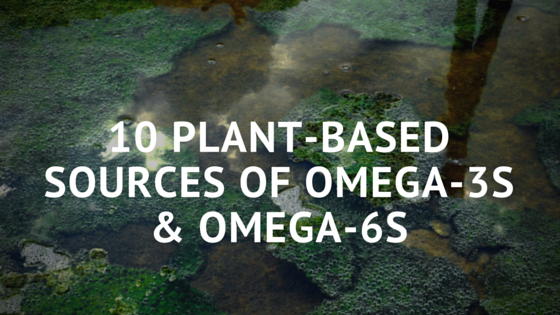
Fat is making headlines in the news again, but this time it’s the healthy fats that are getting the recognition.
These healthy fats, known as omega-3 and omega-6 fatty acids, are essential fatty acids that our bodies need to continue running optimally.
Found in both animal and plant sources, some of the most common sources of these fatty acids are found in fish. For vegetarians and vegans however, those sources are not options.
The following 10 sources of omega-3s and omega-6s are plant-based, which makes them perfect for vegetarians and vegans.
Why Omega 3 & Omega 6 Are Important
Our bodies don’t have the capability to create omega-3 and omega-6 fatty acids, which is why it is so essential that we get these from the foods we eat.
These fatty acids are different from other fats in that they are essential to our bodies and its continued proper functions.
Both omega-3 and omega-6 fatty acids are crucial, however as they have opposite effects in our bodies.
Omega-3 fatty acids are anti-inflammatory, while omega-3 fatty acids are pro-inflammatory, which is why it is so essential to have the proper balance of these two fatty acids.
Inflammation may sound like something we want to avoid, but it is actually essential to our survival.
Inflammation helps protect our bodies from illness and injury, however it is when omega-6 fatty acids become out of balance that we suffer the consequences of too much inflammation in our body.
Excess inflammation is one of the leading factors in some of the most serious diseases including heart disease, diabetes, arthirtis, Alzheimer’s and many types of cancers.
So while omega-6 fatty acids are important for our overall health, an imbalance of omega-3 fatty acids and omega-6 fatty acids can contribute to serious health issues.
Simply put, a high omega-6 fatty acid diet with low omega-3s increases inflammation and the chances of the diseases that come along with it; while a diet that includes a balance of both fatty acids keeps inflammation in the body at the correct levels.
Sources of Omega-6 Fatty Acids to Avoid
While omega-6 fatty acids may be vital for a healthy body, there are some sources of omega-6 fatty acids that should be avoided at all costs.
These foods contribute only unhealthy amounts of omega-6 fatty acids and provide little to no other nutrients.
These are the sources of omega-6 fatty acids that should be avoided at all times:
- sunflower oil
- corn oil
- soybean oil
- cottonseed oil
Most of these unhealthy oils are limited to processed and fast food choices such as fried menu items.
It is also important to remember that even so-called “health” foods can have unhealthy amounts of omega-6 fatty acids in them. This is why reading nutrition labels is so important!
Many nuts and seeds, for example, contain a high amount of omega-6 fatty acids, but the amount of other nutrients they provide makes them fine to eat in moderation.
10 Plant-Based Sources of Omega-3 & Omega-6
1. Flaxseeds
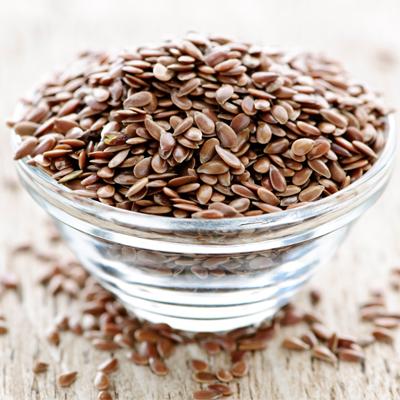
Flaxseeds are one of the best sources of plant-based omega-3 fatty acids.
Filled with fiber to aid in digestion as well as satiety to keep you feeling full, flaxseeds are packed with roughly 6388 mg of omega-3s in just one ounce.
That’s nearly six times the recommended daily amount! An ounce of flaxseeds also contains 1655 mg of omega-6 fatty acids to help maintain the balance of the fatty acid ratio.
2. Chia Seeds
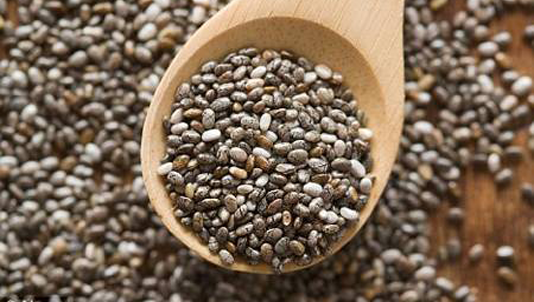
Chia seeds are yet another powerful source of omega-3 fatty acids. With an added boost of calcium, fiber, and manganese, chia seeds provide 4915 mg of omega-3s and 1620 mg of omega-6 fatty acids.
3. Hemp Seeds
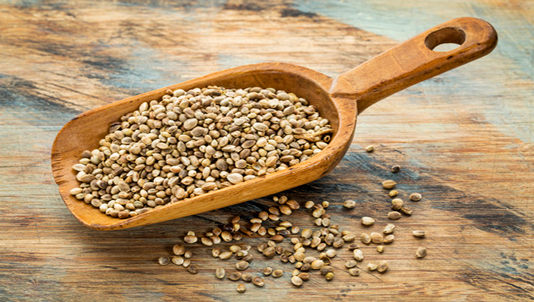
Hemp seeds are another healthy seed with a great omega-3 to omega-6 fatty acid ratio. In just one ounce of hemp seeds, you get 1100 mg of omega-3s and 2700 mg of omega-6.
Hemp seeds are also extremely high in plant-based protein.
4. Spirulina
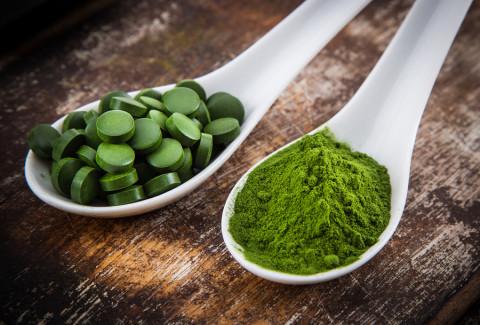
Spirulina is quite the wonder food. Rich in almost every nutrient needed for proper bodily functions and organ health, spirulina provides 58 mg of omega-3s and 88 grams of omega-6 per tablespoon.
5. Leafy Greens
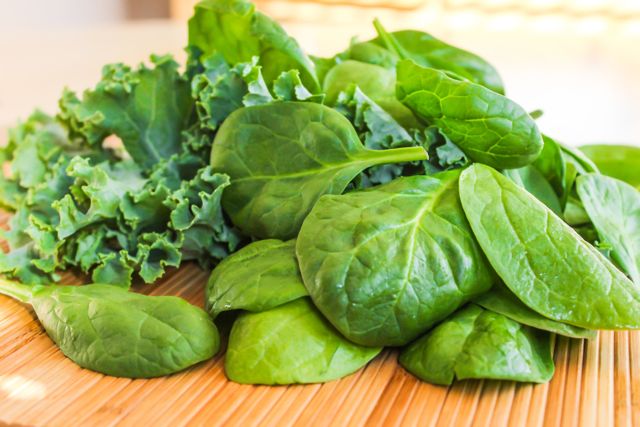
Though leafy greens don’t provide much fat, they do provide small amounts of omega-3 fatty acids.
A prime source of iron as well as calcium, those who choose to eat vegan or vegetarian should be consuming plenty of leafy greens for an abundance of nutrients.
The best sources of omega-3s are found in spinach, arugula, and purslane.
6. Walnuts
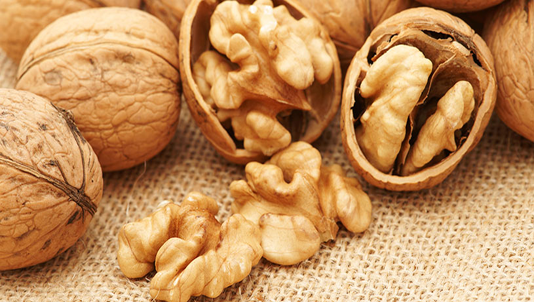
Walnuts are the only nut that contains alpha-linolenic acid, or ALA, an essential fatty acid. In just 1/4 cup of raw walnuts, there is 2.5 grams of ALA, more than 100 percent of the amount you need in a day.
7. Brussels Sprouts

Brussels sprouts are part of the cabbage family, which all contain high amounts of essential fatty acids.
With 173 mg of omega-3 fatty acids per serving, brussels sprouts should not be overcooked.
Overcooking the sprout leads to a loss of nutrients and that unappealing pungent smell.
Simply steaming brussels sprouts for a few minutes until they are bright green holds the nutrients intact as well as keeps the smell at bay.
8. Cauliflower
Though not commonly thought of as such, cauliflower is technically a member of the cabbage family.
With the highest omega-3 to omega-6 fatty acid ratio, cauliflower provides 208 mg of omega-3s to 62 mg of omega-6 fatty acids per cooked cup.
9. Wild Rice
Wild rice is an extremely nutritious grain that all vegetarians and vegans should add to their diets.
In one cup of cooked wild rice there is plenty of iron, protein, fiber, magnesium, zinc and manganese, which are all essential vitamins and minerals.
You also get 156 mg of omega-3 with just 195 mg of omega-6.
10. Berries
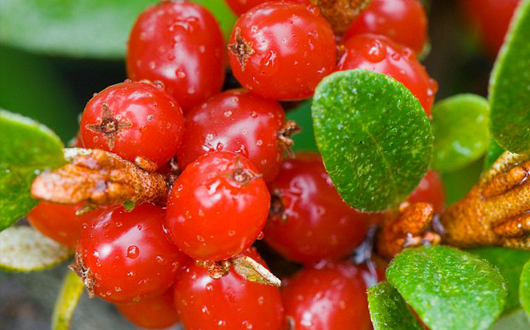
Berries are fantastic nutrient powerhouses. Packed with antioxidants, vitamins and minerals, berries are also a good vegetarian source of omega-3 fatty acids.
Blueberries contain the most with 174 mg of omega-3s amd 259 mg of omega-6 fatty acids per one cup serving.
How Much Should We Be Consuming?
The amount of omega-3 fatty acids you eat really depends on how much omega-6 fatty acids you consume or still have built up in your body.
Remember that these two fatty acids counter balance each other, so a proper balance of the two is essential for overall health.
Omega-6 fatty acids should be eaten only in moderation, while healthy sources of omega-3 fatty acids should be consumed on a daily basis.
Enjoyed 10 Foods High in Omega-3s & Omega-6s (Safe for Kids!)? Share it with your friends so they too can follow the Superfoodsliving journey.
Share on Pinterest
